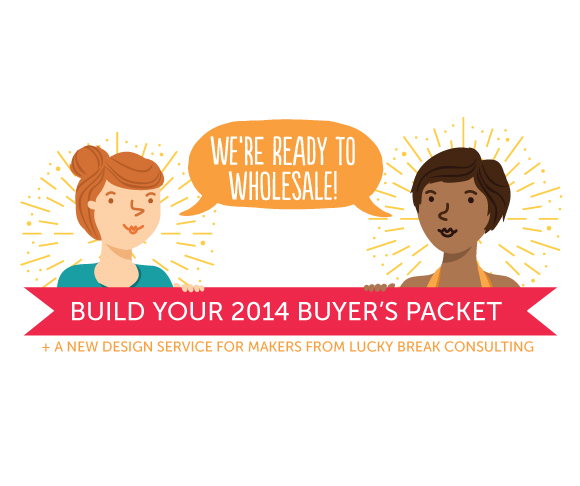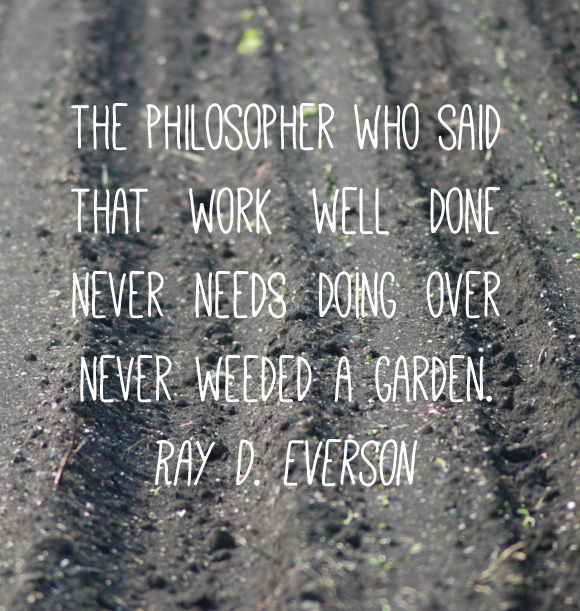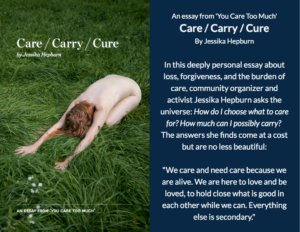I’ve been a maker for ten years now and the things I’ve learned along this journey could fill enough volumes to start my own library. Upon reflection, I suppose I have started my own library of sorts via my consulting company. I like to think of it as an entrepreneurial toolbox: an answer to all the times I wish I had a program or service or mentor to help me jump business … [Read more...] about Build Your 2014 Buyer’s Packet & Get Ready for Wholesale!
What is A Line Sheet + Secrets To Wholesale Success Giveaway
Read on for an opportunity to win a seat in my LBU: Secrets to Wholesale Success mentoring program, worth $849! If catalogs and order forms were to fall in love and have a baby, line sheets would be their love child. A line sheet is a sales tool designed to communicate virtually all of the information necessary for a buyer to make a decision about purchasing. Creating a … [Read more...] about What is A Line Sheet + Secrets To Wholesale Success Giveaway
Pruning Your Product Garden- time to trim the hedges!
Spring has started to shine her lovely face upon us here in South Carolina, after a dreary winter that I am thrilled to be bidding adieu. The warmer weather has me thinking not only of my physical garden, but of my proverbial product garden as well. When was the last time you whipped out the pruning shears for a scrutinizing look at your offerings? As with everything else, … [Read more...] about Pruning Your Product Garden- time to trim the hedges!
Taming The Infringement Beast (without straightjackets or spendy lawyers)
Let's Get Ethical image designed by Lauren Hardage for OMHG Ever felt as though you wouldn’t actually need your business if you only had a dollar for every time someone swiped a product picture or borrowed your web copy? You’re not alone. If you’ve been in business for more than a hot minute, you’ve probably come face-to-face with the Infringement Beast. He’s a nasty creature: … [Read more...] about Taming The Infringement Beast (without straightjackets or spendy lawyers)
Track Your Goals with A 2013 Goal Mandala
For the last decade, I’ve been slugging away in the entrepreneurial trenches. During that time, I’ve learned innumerable lessons about life, liberty and the pursuit of an empire. I’ve been on television and splashed across magazines. I’ve sat in thatched roof huts in West Africa and been flown to Dubai for press junkets. I’ve also had my ass handed to me on a plate. More than … [Read more...] about Track Your Goals with A 2013 Goal Mandala





